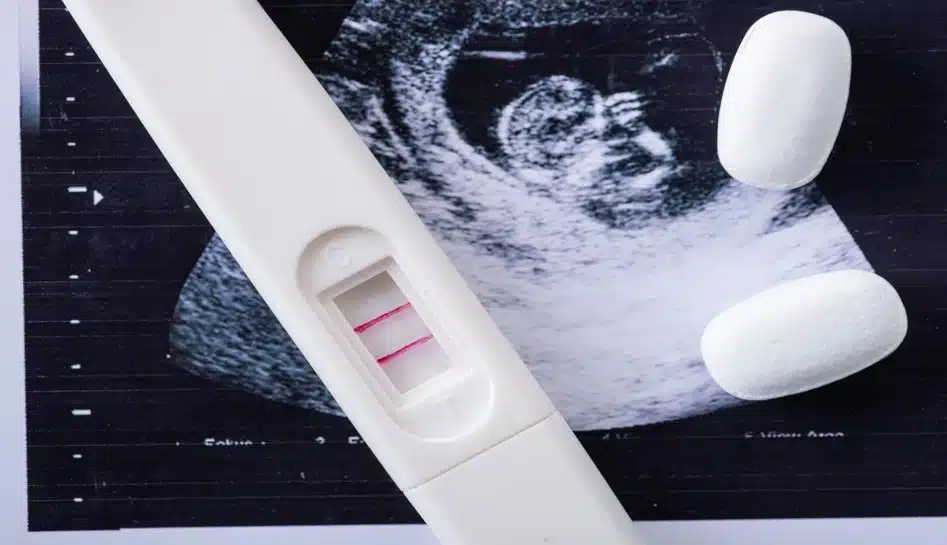Women in India, Pakistan, Bangladesh, and Nepal have the option to end their pregnancies, but access to safe abortion is limited
Asia is often painted as less progressive on women’s rights than the West, but when it comes to abortion, several countries on the continent, including India, Nepal and China have broadly legalized the medical procedure, albeit with varied restrictions. There’s a problem, though: Despite the right to abortion, more than half of all unsafe abortions occur in Asia, according to the World Health Organization (WHO).
In India, Bangladesh and Nepal, the proportion of illegal abortions ranges from 58 percent to 90 percent, reveals a recent study by the Guttmacher Institute, an American research organization that studies sexual and reproductive health and rights around the world.
This brings up the question: is it enough to just legalize abortion, especially when most women, be they victims of sexual assault or from vulnerable communities, still struggle to access safe abortion? Share on X
“Unsafe abortion is a neglected crisis unfolding right before our eyes. It continues to be a global health issue and contributes to about 9-13 percent of preventable maternal deaths globally,” said Dr Suchitra Dalvie, a gynecologist and coordinator at Asia Safe Abortion Partnership (ASAP), an abortion rights advocacy organization promoting access to comprehensive safe abortion services in the region.
While the metropolitan countries in Asia may have a lower contribution to maternal mortality due to unsafe abortion, it is the rural and semi-rural regions, that contribute to as much as 50 percent of maternal deaths attributed to the procedure.
Abortions in India
A report by the United Nations Population Fund (UNFPA) has revealed that about 67 percent of abortions in India are unsafe, despite the fact that the procedure has been legal in the country since 1971. Further, an amendment to the Medical Termination of Pregnancy (MTP) Act in 2021 expanded women’s access to safe and legal abortions from 20 to 24 weeks. It also included the failure of contraception as a reason to seek termination of pregnancy, regardless of a woman’s marital status.

“Women continue to face barriers to obtain safe, legal procedures across Asia. Obstacles include difficulty finding providers willing to perform abortions, lack of awareness of the legal status of abortion, misinformation, myths and the biggest of all, fear of stigmatization for terminating a pregnancy,” said a spokesperson at Singapore-based women’s rights group Aware.
“Sometimes doctors and healthcare professionals too tend to be judgmental which forces women to approach the informal sector and end up with unsafe abortion.”
Are other Asians faring better?
In many parts of Asia, especially South Asia, the situation is dire. According to the estimates, in India, around 10 women die every day due to unsafe abortions. Similarly in Nepal where abortion was decriminalized in 2002, 7 percent of all pregnancy-related maternal deaths are attributed to the procedure.
Pakistan is estimated to have one of the highest rates of abortion in the world, according to a 2012 study by the Population Council, a non-profit that advocates for family planning. The annual abortion rate was estimated to be 50 per 1,000 women for women aged 15 to 44.
“This is just the tip of the iceberg because most often deaths linked to unsafe abortion occur in settings where national vital registration systems are weak or non-existent,” said Dr Dalvie.
Sri Lanka, alongside Afghanistan, has some of the most restrictive and punitive abortion laws in the region, yet illegal abortions continue to be easily available and accessible to many.
As with South Asia, abortion in Southeast Asia presents a contradictory picture. If on one hand in countries such as Singapore, Vietnam and Cambodia abortion is legal upon request by a woman, in Philippines and Indonesia a large number of women are hospitalized each year for complications arising from termination of their pregnancy.
“People in the Philippines and Indonesia are forced to live in poverty due to uncontrolled fertility which is largely due to the strict restrictions on accessing safe abortions,” Dr Dalvie pointed out. “So, women, there have no choice but to either give birth to unwanted children or go for unsafe abortions and risk their lives.”
Is legalizing abortions enough?
From metropolitan cities to far-flung villages, women with unwanted pregnancies resort to clandestine and unsafe practices to terminate the pregnancy. In rural and semi-rural areas, especially, there are several accounts of people using sticks dipped in poison or caustic material, women drinking bleach, disinfectant or rat poison and the use of heated stones on the stomach – all kinds of harrowing methods are tried. These cause severe trauma to the women but may not dislodge the pregnancy.

“The fact that thousands of women on a daily basis are willing to risk their lives is enough to tell us that a lot more needs to be done than just legalizing abortions,” said Dr Dalvie who believes the onus is on the government and healthcare systems. “We need to normalize the conversation around abortion, create public awareness that abortion is legal under certain circumstances and most importantly, expand access to medical abortion pills through specific programs at the state level.”
Also Read: Why are millions of Chinese and Indian women forced to undergo unsafe abortions?


















Add Comment